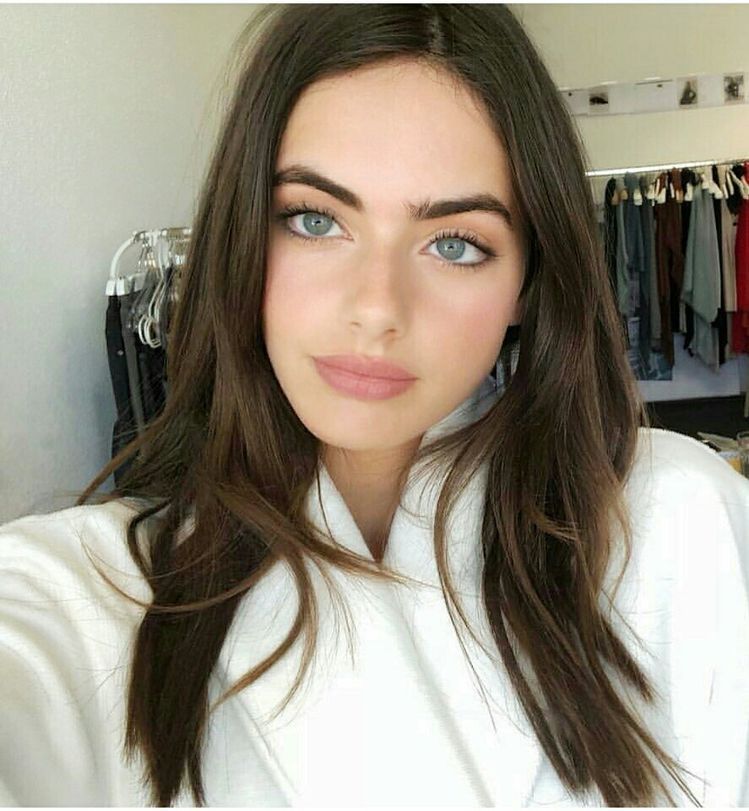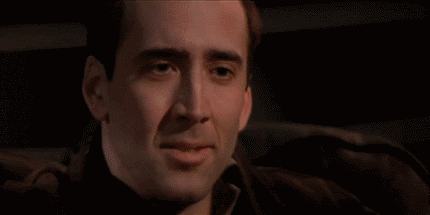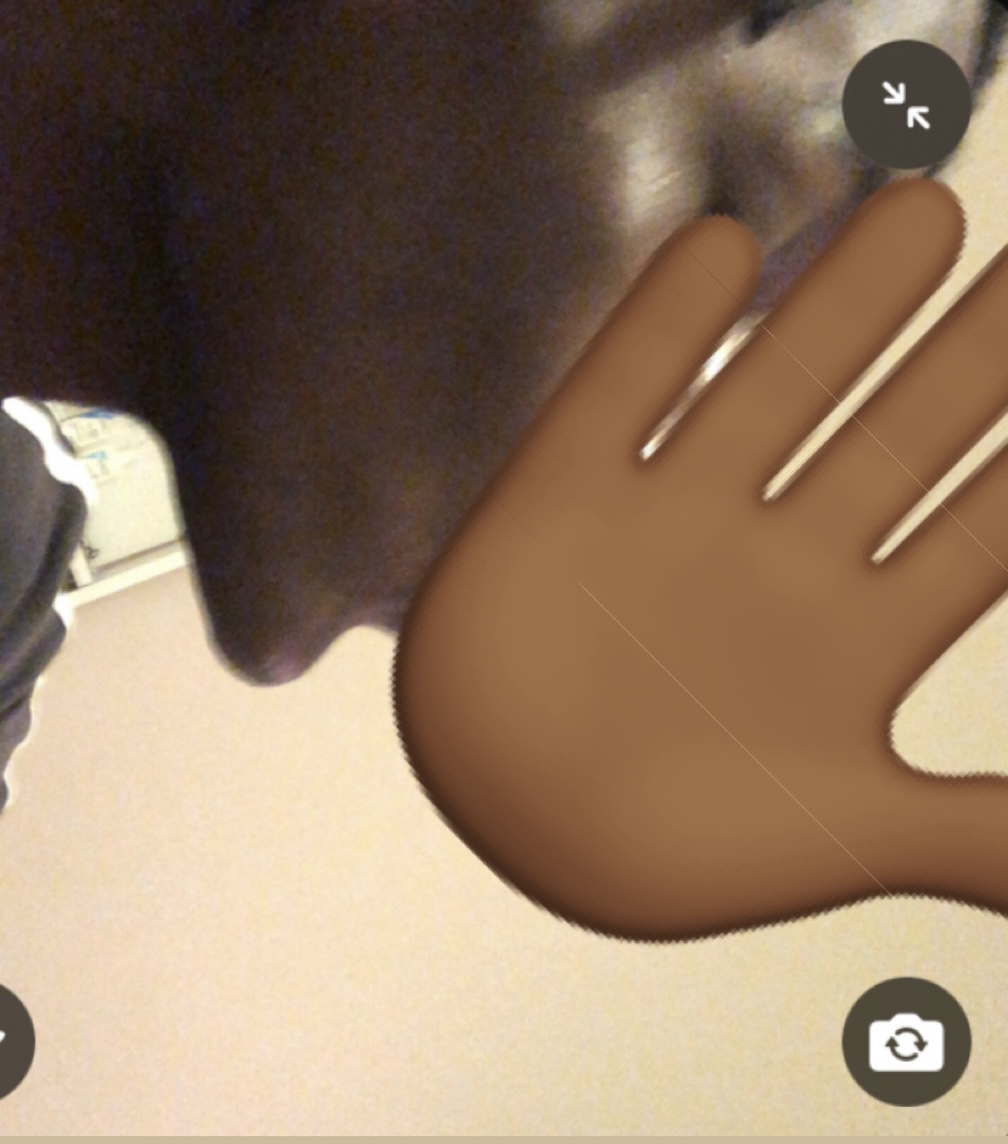enriquecuador
Kraken
- Joined
- Jan 9, 2025
- Posts
- 3,307
- Reputation
- 4,597
This little lad is going into year 11 this year!
so I thought I would make a thread to help his 14 year old self understand some things
Maths is like a game your brain can play! It helps you count your toys, share your snacks, and even see patterns in the world around you. When you start learning maths, the first thing you learn is numbers. Numbers are like little friends that help you know how many things you have. If you have one teddy, that’s “1.” If a friend gives you another teddy, now you have “2”! Numbers help you keep track of all your teddies, blocks, and cookies.
Next, maths helps you see shapes. Look around: a ball is a circle, your storybook is a rectangle, and the slice of pizza is a triangle. Shapes are everywhere, and finding them is like a treasure hunt!
Maths is also about patterns and comparing. If you have a red block, a blue block, and then another red block, can you guess what comes next? Red‑blue‑red… yes, probably blue! And if you have a big cookie and a small cookie, you can tell which one is bigger.
When you play with numbers, shapes, and patterns, you’re doing foundation maths. It’s like building the first blocks of a tower—you need these strong blocks before you can make super tall number towers later!
Science is like being a detective of the world. It helps you look, listen, touch, and ask, “What is happening?” or “Why does that happen?”
First, science helps you learn about nature. The sun comes up in the morning and goes down at night—that’s day and night! Trees grow because they drink water and like the sunshine. And if you watch a tiny ant carrying a crumb, you’re doing science by observing.
Science is also about materials and things. Feel your toy car: it’s hard and smooth. Feel your teddy: it’s soft and fluffy. Science helps us sort the world into “what things are made of” and “how they feel.”
And then there’s movement and change! When you throw a ball, it rolls. When you mix water with sand, it turns squishy. When ice melts, it turns into water. Science is like magic—but it’s real magic you can see and test.
When you play, explore, and ask “why?”—you’re already doing science. Every puddle you jump in, every leaf you pick up, every “why is the sky blue?” is you being a tiny scientist.
You are welcome, I know you don’t necessarily like me that much but I wanted to give you a little help so don’t forget to rep
so I thought I would make a thread to help his 14 year old self understand some things
Maths is like a game your brain can play! It helps you count your toys, share your snacks, and even see patterns in the world around you. When you start learning maths, the first thing you learn is numbers. Numbers are like little friends that help you know how many things you have. If you have one teddy, that’s “1.” If a friend gives you another teddy, now you have “2”! Numbers help you keep track of all your teddies, blocks, and cookies.
Next, maths helps you see shapes. Look around: a ball is a circle, your storybook is a rectangle, and the slice of pizza is a triangle. Shapes are everywhere, and finding them is like a treasure hunt!
Maths is also about patterns and comparing. If you have a red block, a blue block, and then another red block, can you guess what comes next? Red‑blue‑red… yes, probably blue! And if you have a big cookie and a small cookie, you can tell which one is bigger.
When you play with numbers, shapes, and patterns, you’re doing foundation maths. It’s like building the first blocks of a tower—you need these strong blocks before you can make super tall number towers later!
Science is like being a detective of the world. It helps you look, listen, touch, and ask, “What is happening?” or “Why does that happen?”
First, science helps you learn about nature. The sun comes up in the morning and goes down at night—that’s day and night! Trees grow because they drink water and like the sunshine. And if you watch a tiny ant carrying a crumb, you’re doing science by observing.
Science is also about materials and things. Feel your toy car: it’s hard and smooth. Feel your teddy: it’s soft and fluffy. Science helps us sort the world into “what things are made of” and “how they feel.”
And then there’s movement and change! When you throw a ball, it rolls. When you mix water with sand, it turns squishy. When ice melts, it turns into water. Science is like magic—but it’s real magic you can see and test.
When you play, explore, and ask “why?”—you’re already doing science. Every puddle you jump in, every leaf you pick up, every “why is the sky blue?” is you being a tiny scientist.
You are welcome, I know you don’t necessarily like me that much but I wanted to give you a little help so don’t forget to rep





